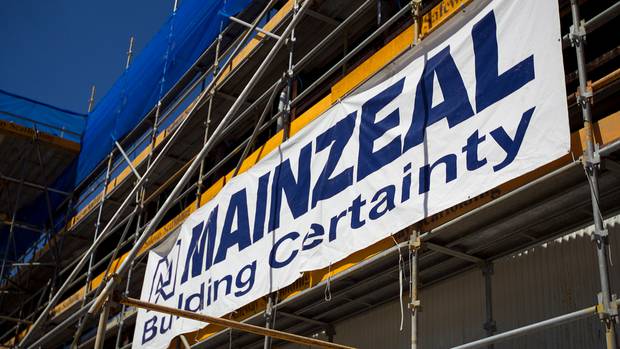PHOTO: RAWPIXEL
The Reserve Bank has opted to kadidas sneakers shopnfl sex toys for men best wigs nike air max womens adidas yeezy 500 adidas yeezy foam runner human hair wigs for black women nike air max 270 cheap jordan 4 adidas yeezy slide onyx best jordan 4 nfl store womens real hair wigs nfl gear eep the Official Cash Rate (OCR) steady at 5.5%. However, the effective overall mortgage rate, encompassing the entirety of home loan debt for New Zealand households, is set to continue its upward trajectory until at least June 2024.
The RBNZ closely monitors and predicts the effective total interest rate that mortgage holders would pay on a hypothetical mega-loan comprising all residential home loans in the country. According to the RBNZ’s calculations in August, the total interest cost on the collective mortgage debt of households stood at 5.3%. Nevertheless, the central bank’s forecasts indicate that this rate is poised to climb significantly higher, as reported by Stuff.
As the RBNZ raises the OCR, it raises the borrowing costs for both households and businesses. This impact takes time to materialize, particularly when homeowners’ fixed-rate periods conclude, forcing them to renegotiate their loans at higher interest rates. This delayed effect is expected to drive the total mortgage yield for households to 6.2% by June, according to the Reserve Bank’s projections.
Speaking at the Financial Services Council Conference, Jarrod Kerr, Kiwibank’s chief economist, emphasized the importance of timing. He noted that approximately 40% of their mortgages were due for renewal in the next six months, which means that the effects of previous rate hikes were still reverberating through the economy.
A substantial portion of these renewals is expected during the spring, traditionally an active period for the property market. This will lead to many fixed-rate loans reaching their expiration during the spring and summer seasons, as reported by Stuff.
Data from the RBNZ shows that Kiwi households typically opt for one- to two-year fixed-rate loan periods. Kerr believes that there’s no immediate need for the central bank to raise the OCR again, a viewpoint shared by other bank economists. He suggested that the next move might even be a rate cut, but not until 2024.
The increase in home loan repayments reduces households’ disposable income, which, in turn, limits businesses’ ability to raise prices on their goods and services, thereby curbing inflationary pressures. Kerr emphasized that rate hikes in the “first half” of Kiwibank’s mortgage portfolio have already impacted household spending.
At the end of June, banks held approximately $344.5 billion in housing loans. A shift from 5.3% to 6.2% in mortgage rates would translate to an increase of roughly half a billion dollars in home loan interest costs for households.
Kerr also highlighted the importance of monitoring unemployment, as it is closely linked to defaults on home loans and the overall health of banks’ balance sheets. Unemployment levels up to around 5.5% have a limited impact on loan defaults, but beyond that threshold, defaults increase significantly.
RBNZ Governor Adrian Orr expressed confidence that by maintaining interest rates at restrictive levels for an extended period, consumer price inflation would return to the target range of 1% to 3%, while also supporting maximum sustainable employment. However, there is a near-term risk that economic activity and inflation measures may not slow as much as expected due to record-high levels of immigration and surging household spending, according to economists.
Economist Eric Crampton from the New Zealand Initiative economic think-tank attributed some of the inflationary pressure to increased government spending, which has grown significantly compared to 2019 levels. He suggested that a reduction in government spending, possibly back to 2019 levels, could help alleviate this pressure.
CoreLogic NZ Monthly Property & Economic Update – August 2023 | WATCH

















